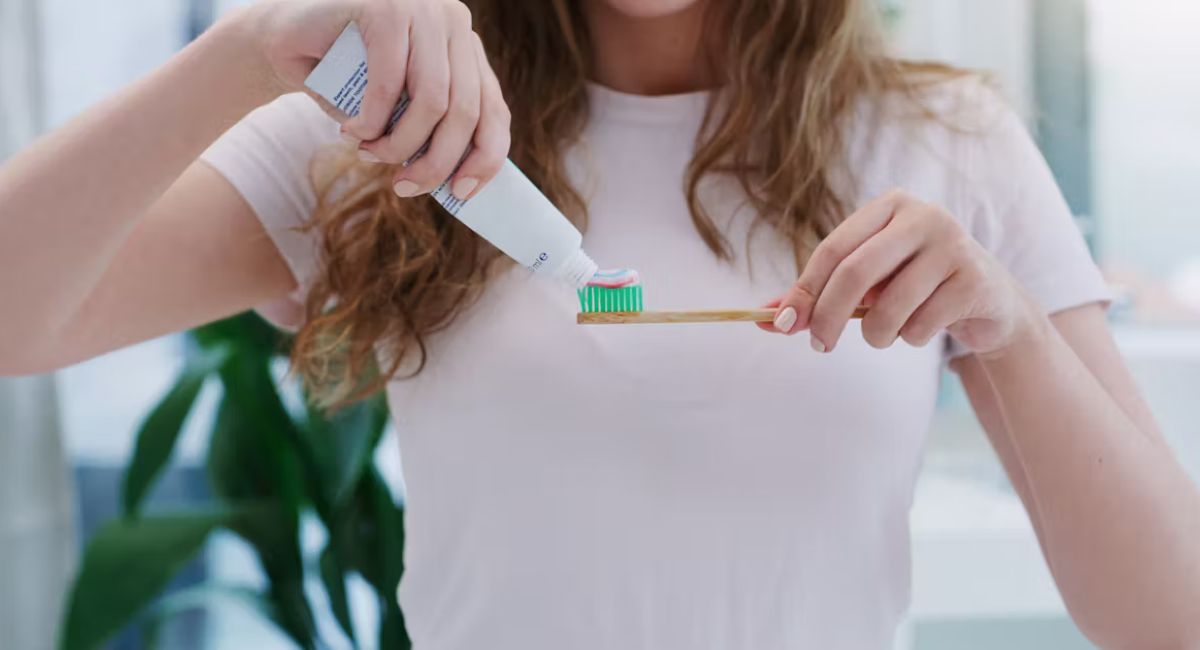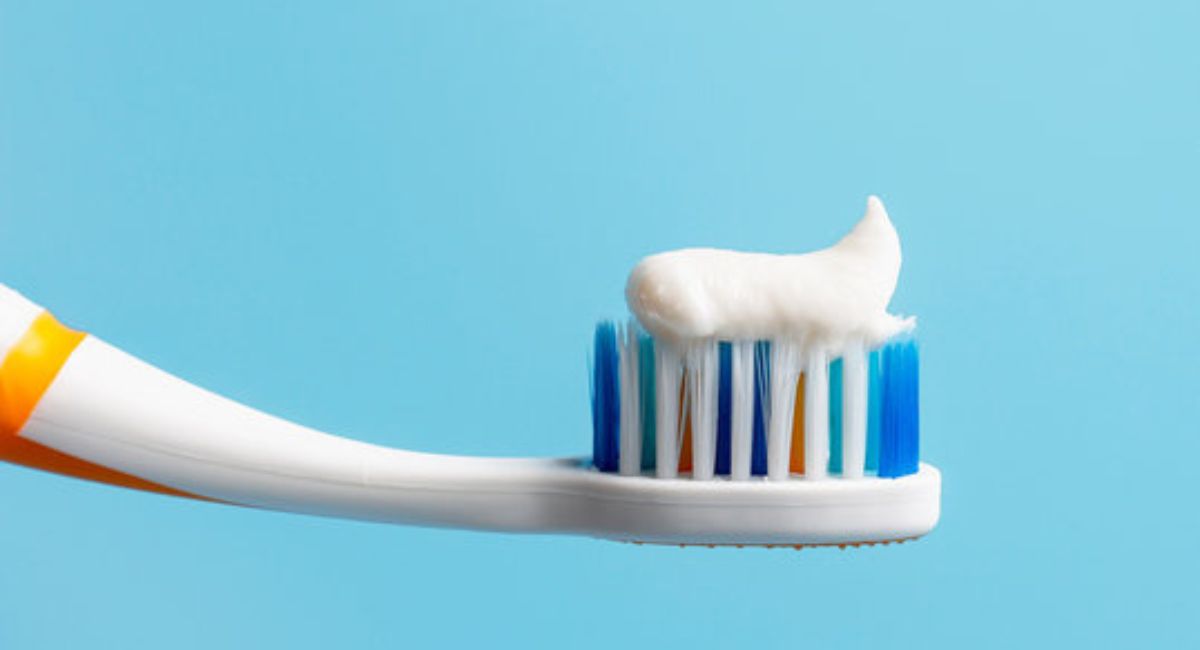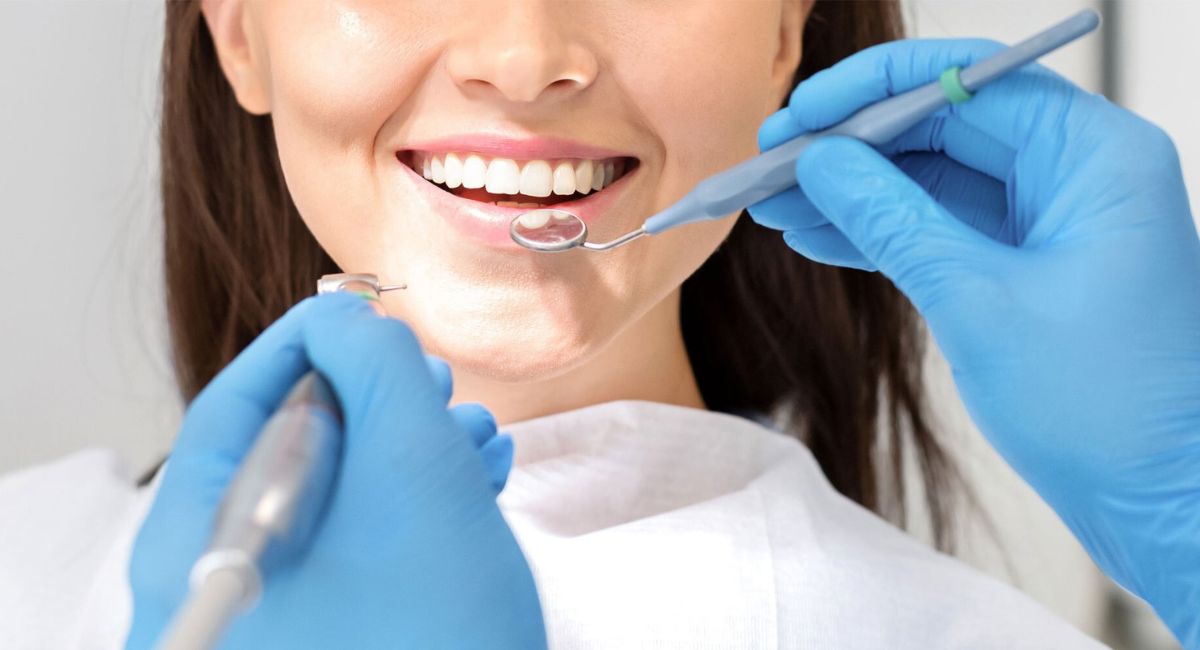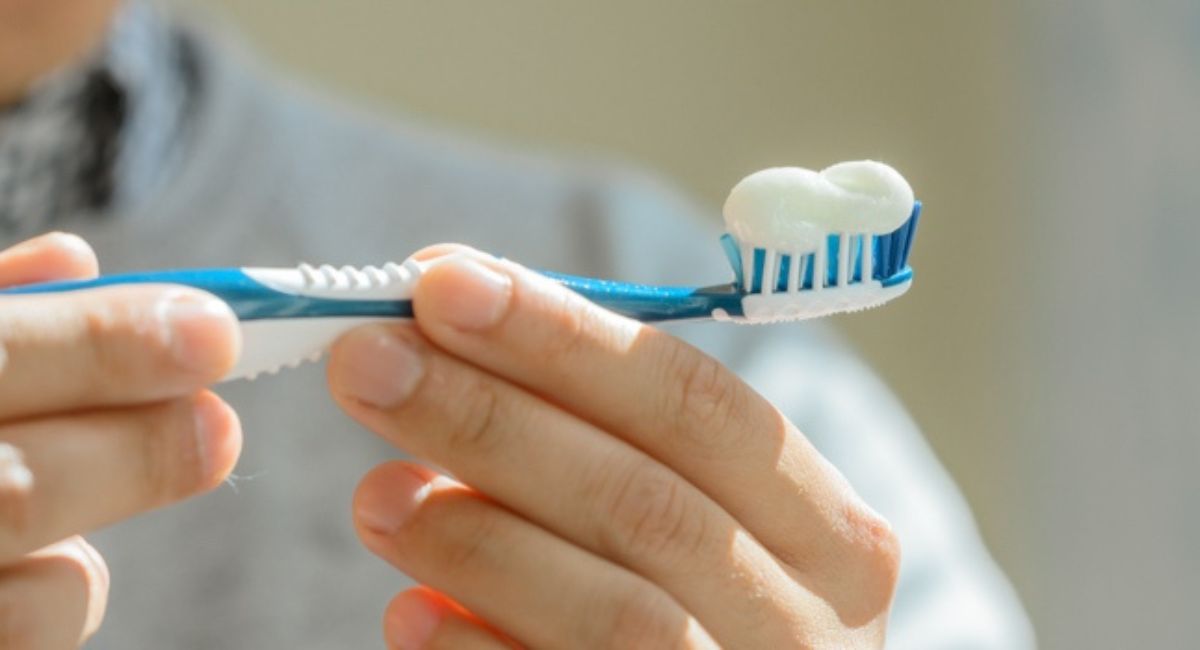Ever grabbed your toothpaste in the morning, squeezed it onto your brush, and noticed the tube looks old or crusty? You pause for a second, wondering — does toothpaste expire, or is it still okay to use? It’s one of those small things most people don’t think about until they’re halfway through brushing and suddenly start to worry about what’s going into their mouth.
In this post, you’ll find out exactly what happens when toothpaste expires, how long it really lasts, and how to tell if yours has gone bad. You’ll also learn how to store it the right way to make it last longer and what dentists say about using expired toothpaste. By the end, you’ll know whether to keep brushing or toss that old tube in the trash.
How Long Does Toothpaste expire?
Most toothpaste tubes last between 18 and 24 months from the toothpaste manufacturing date, depending on ingredients and storage. The toothpaste shelf life can shorten if it’s exposed to heat or moisture. The unopened vs opened toothpaste shelf life also matters. Unopened toothpaste stays stable longer, while an opened one starts degrading once air enters the tube.
To understand this better, here’s a comparison of popular U.S. toothpaste brands and their shelf lives:
| Brand | Average Shelf Life | Notes |
|---|---|---|
| Colgate | 24 months | Stable fluoride, long-lasting flavor |
| Crest | 18–24 months | High fluoride protection |
| Sensodyne | 12–18 months | Designed for sensitive teeth |
| Tom’s of Maine | 12 months | Natural ingredients expire faster |
Always check the best before date on toothpaste printed near the crimp or cap for guidance.

Why Toothpaste Expires — The Science Behind It
Toothpaste expires because its chemical stability of toothpaste weakens over time. Ingredients like fluoride and antibacterial properties of toothpaste lose their strength, meaning they no longer fight cavities effectively. This fluoride effectiveness over time decline is the main reason toothpaste loses its power.
Manufacturers add stabilizers to keep the paste fresh, but fluoride deactivation over time still occurs, especially in warm environments. The toothpaste expiration reasons include exposure to air, moisture, and fluctuating toothpaste shelf life temperature, which slowly break down active compounds like fluoride and abrasives.
What Happens If You Use Expired Toothpaste?
Using toothpaste after its expiry may not cause serious harm, but the expired toothpaste effects on teeth can include reduced cavity protection and poor cleaning results. The paste might taste bland, foam less, or feel chalky.
While it’s usually safe to brush with expired toothpaste, long-term use can lead to toothpaste quality degradation and weaker enamel protection. You may think your teeth are clean, but the toothpaste is no longer performing at its best.
How to Check the Expiry Date on Your Toothpaste Tube
Every tube has a toothpaste expiration date printed near the cap or bottom seam. Look for phrases like “EXP,” “MFG,” or “Best Before.” These indicate the toothpaste manufacturing date meaning and how long it remains safe to use.
If you can’t find a date, it might be on the box instead of the tube. Knowing how to check toothpaste expiry ensures you’re not using a product past its recommended time frame, keeping your oral care effective and safe.
How to Tell If Your Toothpaste Has Gone Bad (Even Without a Date)
If your tube has no date, pay attention to toothpaste freshness indicators. Changes in texture, color, or smell are signs of expired toothpaste. You might notice toothpaste texture change, such as separation of liquid or a gritty consistency.
So, how to identify expired toothpaste? Simple — fresh toothpaste looks smooth and smells minty. What does expired toothpaste look like? It’s often lumpy, dry, or discolored. Trust your senses before using any questionable tube.

Does Expired Toothpaste Still Clean Your Teeth?
Expired toothpaste can still remove debris, but the fluoride deactivation over time means it won’t prevent cavities effectively. The cleaning power may remain slightly intact, but you’ll lose fluoride’s long-term benefits.
According to the American Dental Association (ADA), “Expired toothpaste may clean surface debris but won’t effectively protect against tooth decay.” In other words, brushing with it isn’t dangerous, but it’s not doing the job you expect.
Can Expired Toothpaste Be Dangerous for Oral Health?
Expired toothpaste isn’t toxic, but it can cause mild irritation or loss of freshness. The toothpaste expiration and bacteria growth risk is slightly higher with natural toothpaste that lacks strong preservatives. Over time, toothpaste expiration signs like odor or discoloration may indicate bacterial activity.
Although is expired toothpaste harmful? Not usually. However, using it for months after expiry may reduce fluoride benefits and affect toothpaste expiry and oral health balance. It’s best to replace it when uncertain.
How to Store Toothpaste for a Longer Shelf Life
Keeping toothpaste fresh depends on proper toothpaste storage conditions. Store it in a cool, dry place, away from sunlight or humidity. Bathrooms, especially near showers, can accelerate toothpaste quality degradation.
Following proper toothpaste storage tips helps extend how long toothpaste lasts. For instance, tightly closing the cap and avoiding squeezing from the middle of the tube reduce air exposure. The table below shows the best and worst storage environments:
| Storage Location | Effect on Shelf Life |
|---|---|
| Bathroom Counter | Decreases lifespan due to humidity |
| Cool Cabinet | Preserves freshness longer |
| Car or Hot Area | Speeds up expiration |
| Refrigerator | Not recommended (causes texture change) |
How Often Should You Replace Your Toothpaste?
Dentists recommend replacing toothpaste every 3–4 months or sooner if the toothpaste expiration date has passed. Frequent replacement ensures maintaining oral hygiene with fresh toothpaste and consistent fluoride protection.
It’s also wise to replace toothpaste after illness or contamination. When to discard old toothpaste depends on visible changes, odor, or if it’s been open for over a year. Fresh toothpaste means safer, more effective brushing results.

Dentist-Approved Tips for Safe and Effective Toothpaste Use
Dentists emphasize safe oral hygiene habits and choosing toothpaste with active fluoride for cavity prevention. Always follow dentist recommendation toothpaste usage, which includes brushing twice daily with a pea-sized amount and avoiding swallowing paste.
Experts also suggest checking labels for ADA approval and fluoride content. Following dentist advice on toothpaste expiry ensures your toothpaste stays effective. Good oral care isn’t just about toothpaste — flossing, diet, and regular checkups all contribute to long-lasting smiles.
FAQs About Does Toothpaste Expire?
1. What happens if I use expired toothpaste?
Using expired toothpaste usually won’t harm you, but it won’t work as well. Over time, the fluoride loses its strength, so it won’t protect your teeth from cavities like it should. The texture or taste may also change, which can make brushing unpleasant.
2. Can you use toothpaste after 2 years?
Most toothpaste lasts about two years from the manufacturing date. If it’s just slightly past that, it’s probably safe to use, but not as effective. Check the tube — if it smells weird, looks dried out, or feels grainy, it’s time to toss it.
3. Can I use expired Colgate?
You can, but it’s not ideal. Expired Colgate may lose its fluoride power and freshness. The paste could separate or harden, making it less effective at cleaning and protecting your teeth. It’s better to replace it with a new one for the best oral care.
4. How long does toothpaste last after being opened?
Once opened, toothpaste stays good for about 12–24 months if you keep the cap closed and store it in a cool, dry place. Exposure to air or moisture can make it dry out faster, so always seal it tightly after use.
5. Can I use 10-year-old toothpaste?
No, you really shouldn’t. Toothpaste that old has completely lost its fluoride effectiveness and might even contain bacteria if it’s been opened. It’s better to buy a fresh tube — they’re affordable and keep your mouth healthy.
6. How to tell if toothpaste is expired?
Check the expiration date printed near the crimped end of the tube. Also, trust your senses — if it smells off, feels gritty, or has changed color, it’s expired. Fresh toothpaste should look smooth, smell minty, and feel creamy when you brush.
Conclusion
So, does toothpaste expire or go bad? Yes, every tube has a lifespan, and brushing with old toothpaste isn’t as effective as you think. Even though it’s usually safe to brush with expired toothpaste, freshness ensures full fluoride benefits and oral protection.
By understanding toothpaste expiration myths and facts, knowing how long does toothpaste stay effective, and applying how to keep toothpaste fresh, you’ll always maintain a healthy, confident smile. Replace your toothpaste regularly, follow storage best practices, and keep your oral care routine strong — because your smile deserves the best.

